It’s that tongues of fire season again, but the Pentecost flames don’t seem to be setting much alight up and down the motu.
The evidence I’m looking for is communication (which on a good day can lead to communion) between groups who haven’t been talking much. Because the Acts story of that first Pentecost is all about communication. Groups, even whole cultures, who didn’t connect, suddenly started to make sense of each other.
Bishop John Taylor wrote a marvellous book about this fundamental role of the Spirit. He called it The Go Between God. Think of God not so much as a noun as a verb, a power that is constantly at work between us, as the prayer book service says,” refreshing, cleansing, making all things new.”
But where is it happening in Aotearoa?
Our three-tikanga church may be progressing on communication within each tikanga, but I struggle to see where the connections between tikanga are growing.
Twenty years ago, the Professor of Maori at Victoria University, Dr Sidney Mead, said: “The huge majority of Pakeha are still to be persuaded that we have a right to be different from them.”
I’m not convinced the Pentecost Spirit has made much inroad on that majority, even the Anglican part of it.
And don’t look too closely at communication between the different churches. The official ecumenical movement in New Zealand has pretty well collapsed.
Plans for church union imploded 30 years ago and we still haven’t achieved the mutual recognition of ordained ministries that the Anglican Methodist covenant had hoped to achieve by its fifth birthday last month.
The Anglican Roman Catholic dialogue reads like a wander through a wilderness, despite the good work being done together internationally, on practical issues like child slavery. And the brave start we made in the 1980s on dialogue between world religions is struggling along, against the odds of growing Muslimphobia.
I’d like to be more positive, and I was, until I read again the Pentecost story that sets our sights through this season of the church. And the message for me is that we’re seriously underemploying the power of the Pentecost Spirit.
This challenge of communication and dialogue between very different people and cultures has been at the heart of the church’s story from the very beginning. That’s what the Spirit is given to meet, through us.
The Acts account couldn’t be more dramatic. People who had never made sense of each other before can now communicate: Parthians, Medes, Elamites... take a map of the world as it was known then and the list covers most of it.
No wonder the list ends with, “And all were amazed and perplexed, saying to one another, What does this mean?”
That’s the same question a Ngapuhi elder asked the chief Ruatara who was meant to be Samuel Marsden’s translator when he preached at the first Christian service in New Zealand back in 1814 in Christmas Day.
E pehea mai ana te Pakeha na? What is the meaning of the Pakeha’s words?
The Christian world view, the angels singing tidings of great joy; all that was staggering talk to the Maori assembled at Oihi. It took much longer for the gospel seed planted that day to grow into the indigenous church we take for granted.
We’re told Ruatara replied: Kaore koutou e marama inaianei, taro ake nei. You don’t understand what he is saying now, but you will by and by.
There is no record of a Ruatara figure in the Acts account. We don’t know much about the immediate aftermath of the sudden Pentecost communication. Like the Oihi story, it took a while to work through. .
But it was the start of the worldwide church, the same one that was planted in the Bay of Islands, with the same expectations about communication.
The best measure of whether we’re helping or hindering the Spirit to do that is by checking to see who we’re talking to. People like us who see the world as we do? Or the people we struggle to understand?
It’s a simple test and a scary one.
Bishop John Bluck is a regular Taonga columnist and lives in Pakiri, Wellsford.






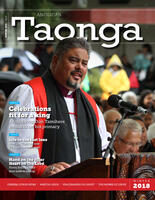
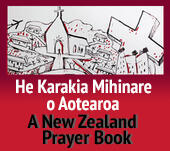
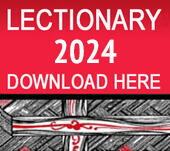


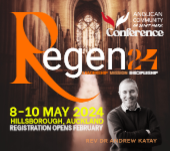
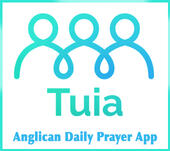

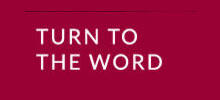


Comments
Log in or create a user account to comment.